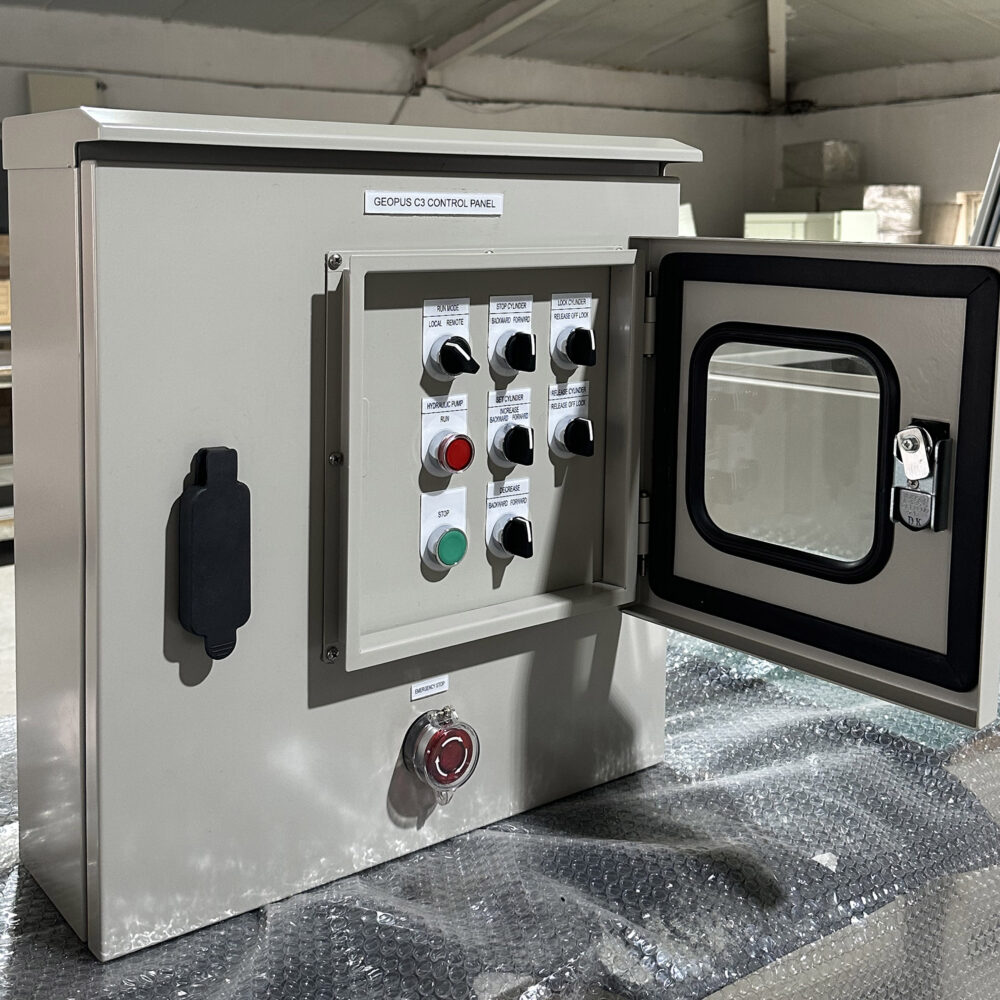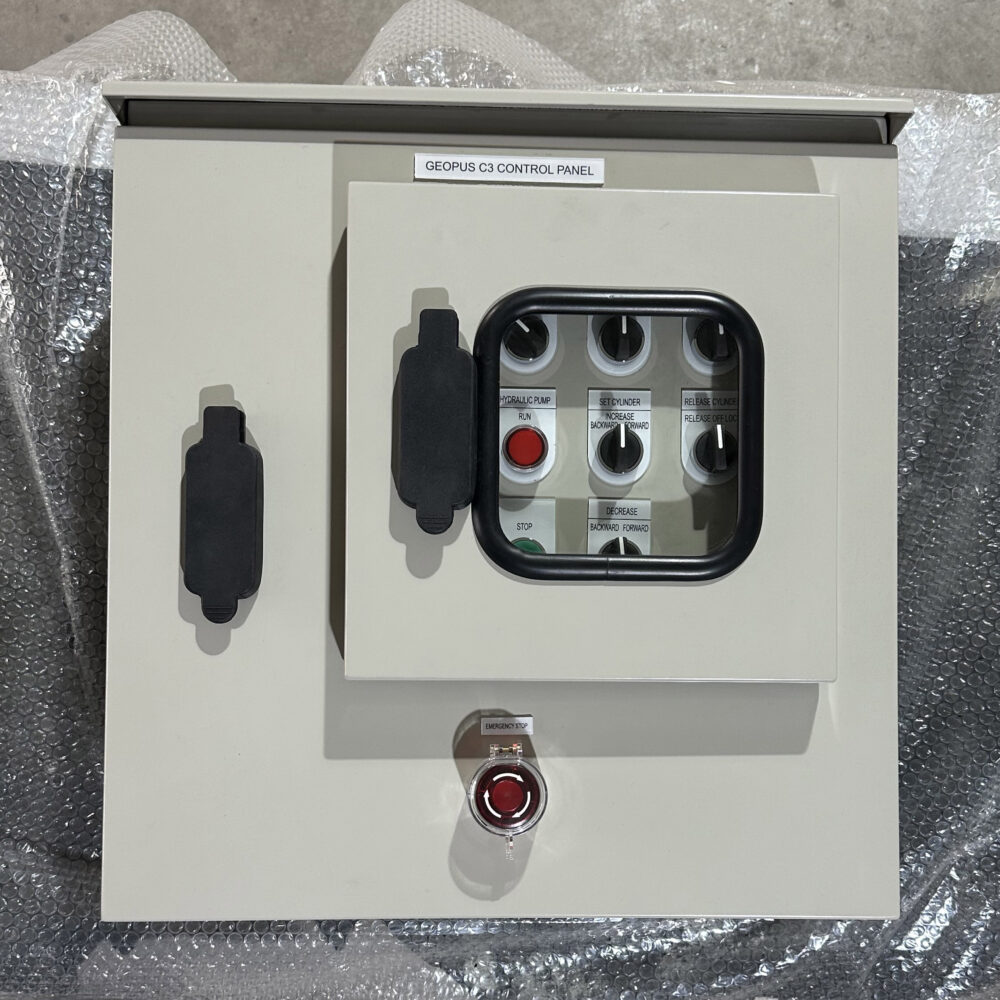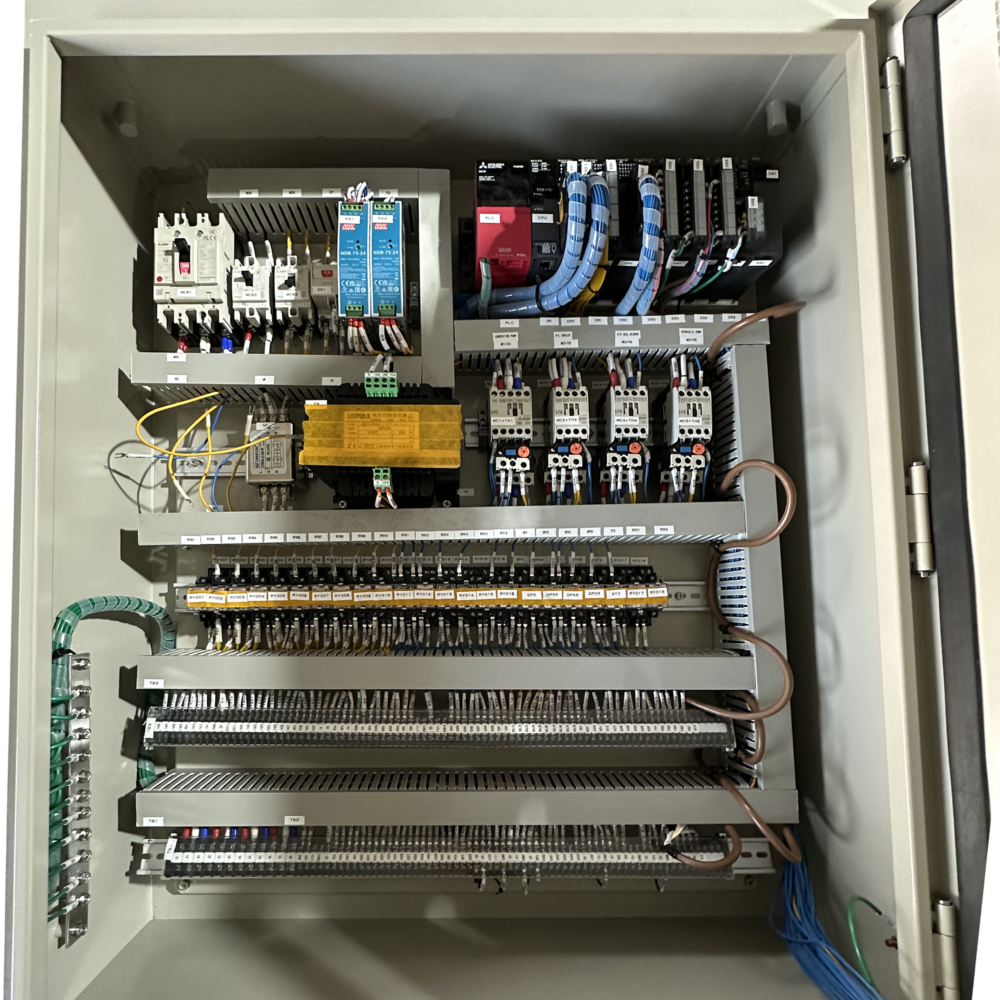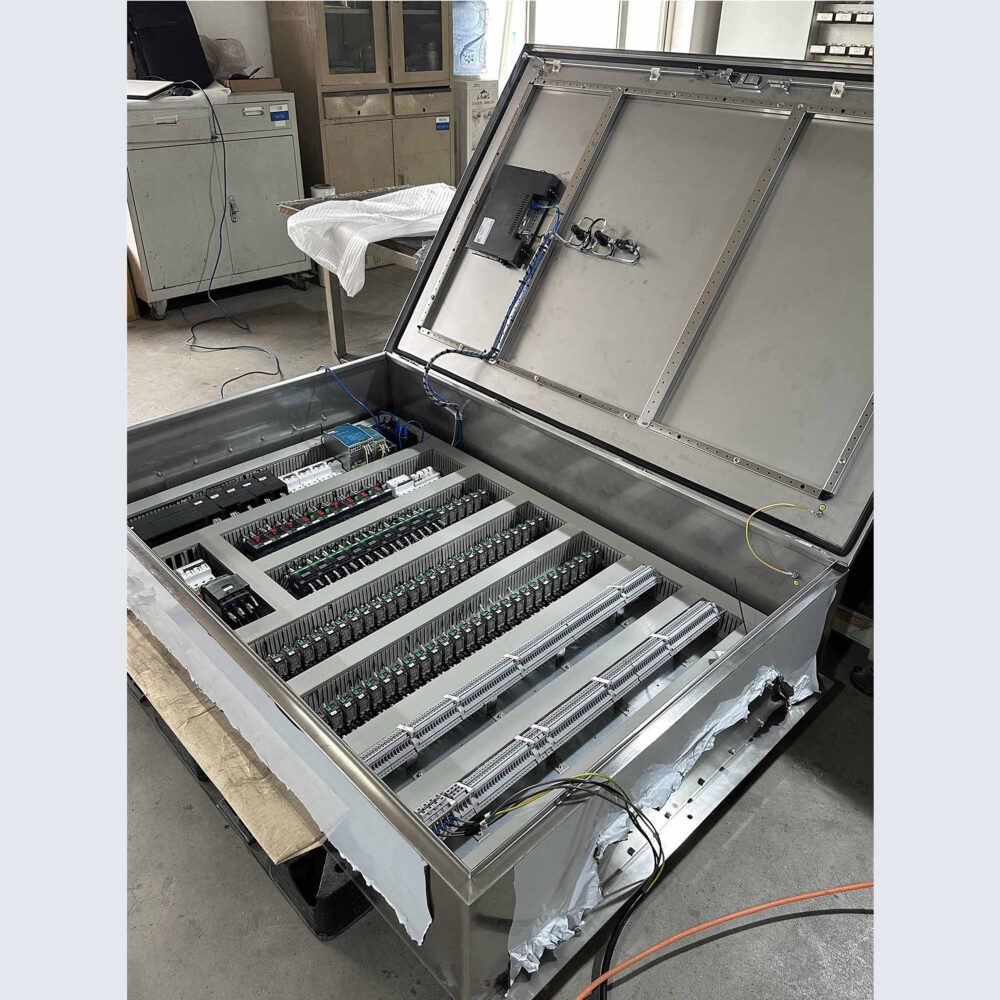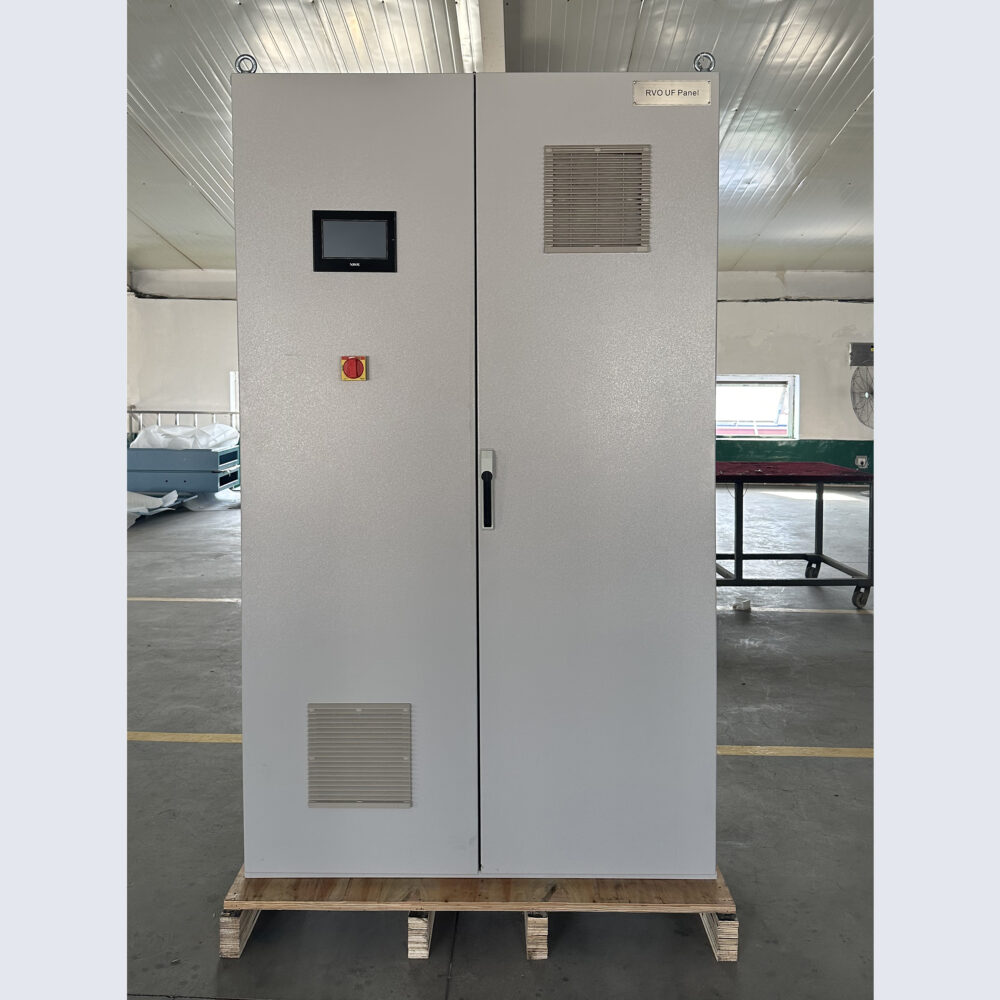Table of Contents
The Golden Rules of Electrical Cabinet Material Selection
- Betty
Excellent Waterproof and Moisture-proof Performance
The primary task of a waterproof electrical cabinet is to ensure that the selected materials possess outstanding waterproof and moisture-proof properties.
For instance, stainless steel can be chosen as the material for the cabinet body. Stainless steel has a dense oxide film, which can effectively prevent the intrusion of moisture.
Take 304 stainless steel as an example. In a humid environment, it is not prone to rusting and can maintain excellent waterproof performance for a long time.
As for the sealing material, rubber with excellent water resistance should be selected, such as Ethylene Propylene Diene Monomer (EPDM) rubber.
It not only has excellent elasticity, allowing it to closely fit the gaps of the cabinet body, but also is not prone to swelling or deforming in water. It can maintain the sealing effect for a long time, effectively preventing water from seeping into the interior of the electrical cabinet and ensuring that the electrical components are protected from damage caused by moisture.
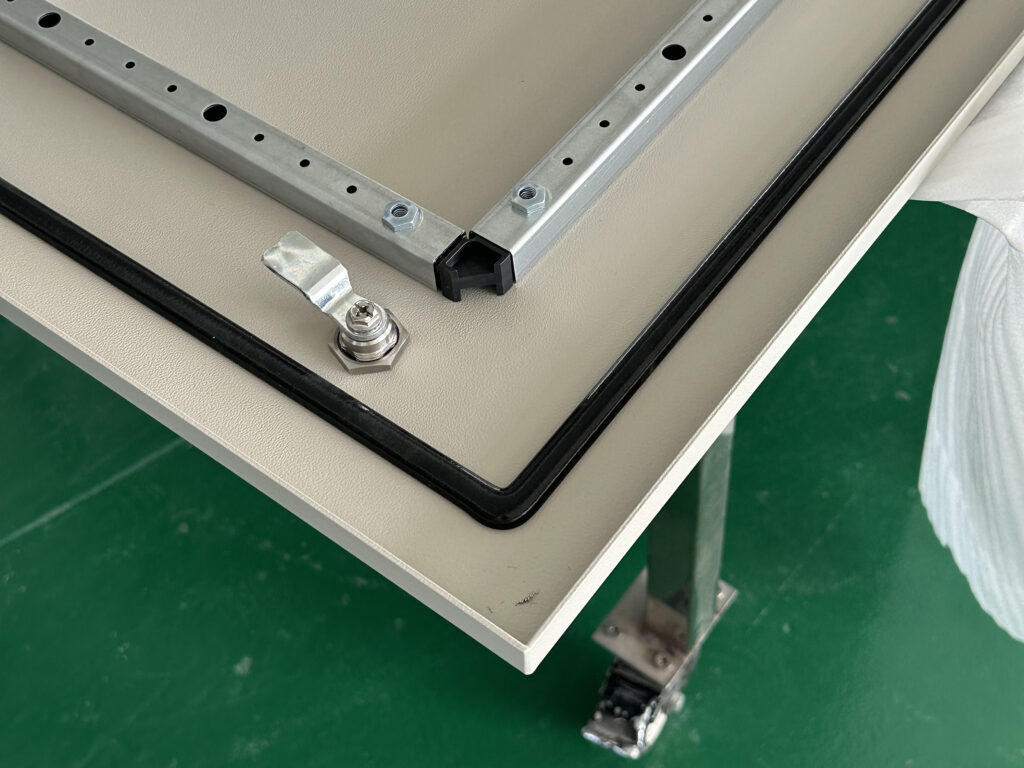
Figure No.1 Sealing strip
Good Mechanical Strength and Corrosion Resistance
During the usage process, the electrical cabinet may be subjected to impacts from various external forces. At the same time, in some special environments, the presence of corrosive substances cannot be ignored. Therefore, the materials of the electrical cabinet must possess excellent mechanical strength and corrosion resistance.
Take cold-rolled steel sheet as an example. After proper surface treatment (such as galvanizing or spraying), it can become an ideal material for the cabinet body. The cold-rolled steel sheet itself has high strength and can withstand a certain degree of impact and pressure, and the surface treatment further enhances its corrosion resistance.
Electrical Insulation and Thermal Stability
Inside the electrical cabinet, the installation of numerous electrical components requires materials to have excellent electrical insulation performance, which is a core element to ensure safe operation. Insulating materials, such as epoxy resin boards, stand out due to their outstanding electrical insulation properties. They can effectively isolate live components and prevent the occurrence of electric leakage accidents.
At the same time, considering that electrical components will release heat during operation, the thermal stability of the materials is equally crucial.
Polycarbonate (PC) material is a prime example. It demonstrates excellent thermal stability and will not deform or degrade in performance within a specific temperature range. Therefore, it is suitable for manufacturing components such as the observation windows of electrical cabinets.
It not only ensures good light transmittance but also can withstand the heat generated by electrical components, thus maintaining the stable operation of the electrical cabinet.

Figure No.2 PC material electrical cabinet observation window
In addition to the above three points you need to focus on, you should also pay attention to the following.
>>> Please Continue Reading
Cost Comparison of Different Materials
Considering that the procurement and application of electrical cabinets are often strictly restricted by the budget, and the cost is directly related to the market competitiveness of products and the economic benefits of enterprises, it is particularly important to compare the costs of different materials. It is essential to select materials rationally according to the budget. While meeting the performance requirements, we should control costs and avoid unnecessary waste.
Processing Technology and Difficulty of Materials
The processing technology and its complexity of materials directly affect the production efficiency, manufacturing cost, as well as the quality and precision of the final products of electrical cabinets. Therefore, the processing technology and complexity of materials are of great significance.
Selecting materials with a higher processing difficulty, such as stainless steel, will require the provision of professional processing equipment and skilled operators. This will obviously increase the production cost and extend the production cycle. In contrast, materials with a relatively simple processing technology are easier to operate and control during the production process, which helps to improve production efficiency and reduce the rejection rate.
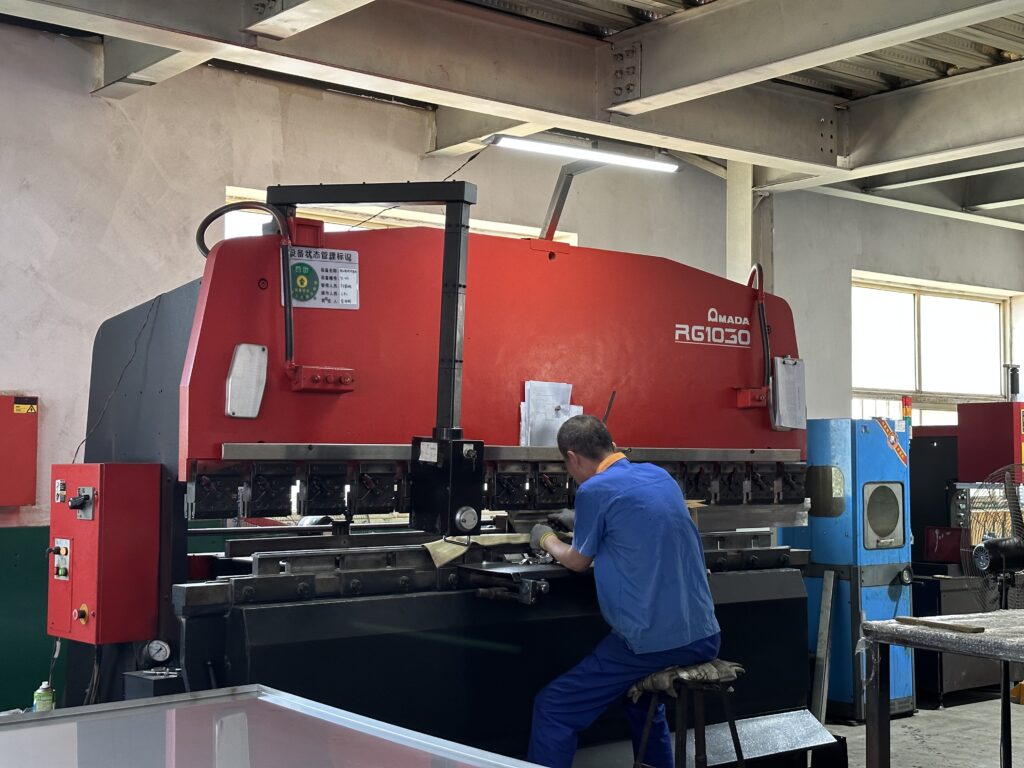
Special Requirements for Material Selection in Different Environments
Electrical cabinets may be deployed in various complex environments, including special conditions such as high temperature, low temperature, high altitude, and strong electromagnetic interference. These environments impose specific requirements on the performance of materials, which are directly related to the normal operation and service life of electrical cabinets. Therefore, it is crucial to select appropriate materials according to different environments.
- In a high-temperature environment, we need to choose materials with good thermal stability and heat dissipation performance to prevent electrical components from being damaged due to overheating.
In a low-temperature environment, materials should have the performance of resisting low temperatures to avoid becoming brittle and cracking.
In high-altitude areas, we should consider that the insulation strength and structural strength of materials can adapt to changes in air pressure.
In an environment with strong electromagnetic interference, materials need to have good electromagnetic shielding performance.
Only by selecting suitable materials according to different environments can we ensure the reliable operation of electrical cabinets in various environments.
Service Life of Materials and Maintenance Costs
The service life of an electrical cabinet is crucial to its long-term value, and the maintenance cost directly affects the economic expenditure during its usage period. Both of these factors have a significant impact on the overall cost for users. Therefore, the durability of materials and the maintenance costs cannot be overlooked.
For example, the initial procurement cost of stainless steel may be relatively high. However, in the long run, it can reduce the frequency of replacements and repairs, thus lowering the overall cost. In contrast, materials with a relatively short service life and requiring frequent maintenance, such as cold-rolled steel sheets with ordinary surface treatment, although having a lower initial cost, may incur higher long-term maintenance and replacement costs.
Therefore, when selecting materials, we must consider from a long-term perspective and balance the relationship between these two aspects.
Compatibility of Materials
Since various different electrical components and materials are installed inside the electrical cabinet, if they are not compatible with each other, chemical reactions, electrochemical corrosion, or other adverse effects may occur. These situations will affect the overall performance and stability of the electrical cabinet, and may even lead to safety accidents. Therefore, the compatibility of materials is of great importance.
For example, when connecting a stainless steel cabinet body with copper electrical components, if insulating measures are not taken, electrochemical corrosion may occur, which will affect the reliability of the connection and the service life of the cabinet body. This requires special attention.
Conclusion
In order to ensure that your electrical cabinet can operate stably and safely in various environments, please be sure to comprehensively consider all the above relevant factors before making a choice.
If you still have questions regarding the material selection of electrical cabinets, or if you need professional material selection advice and solutions, you are welcome to contact our professional team. We will, with our rich experience and professional knowledge, provide you with the most suitable material selection solutions for electrical cabinets, and help your project progress smoothly.
